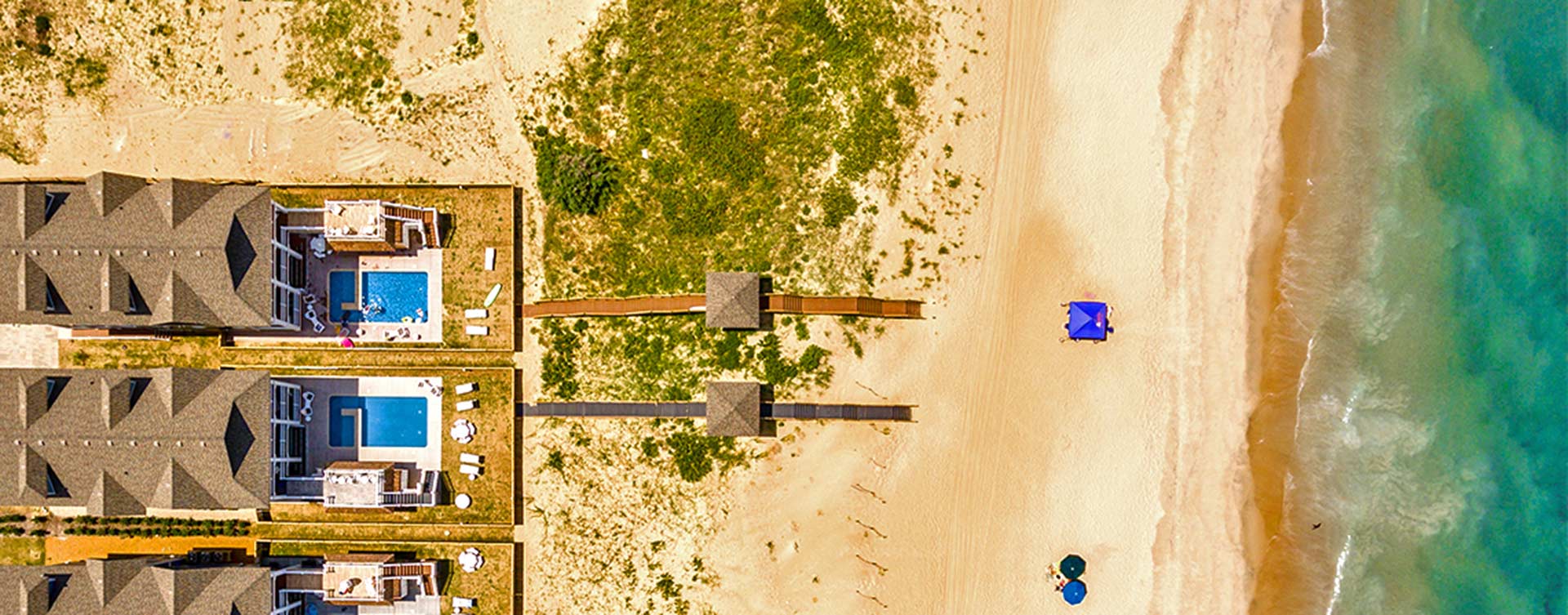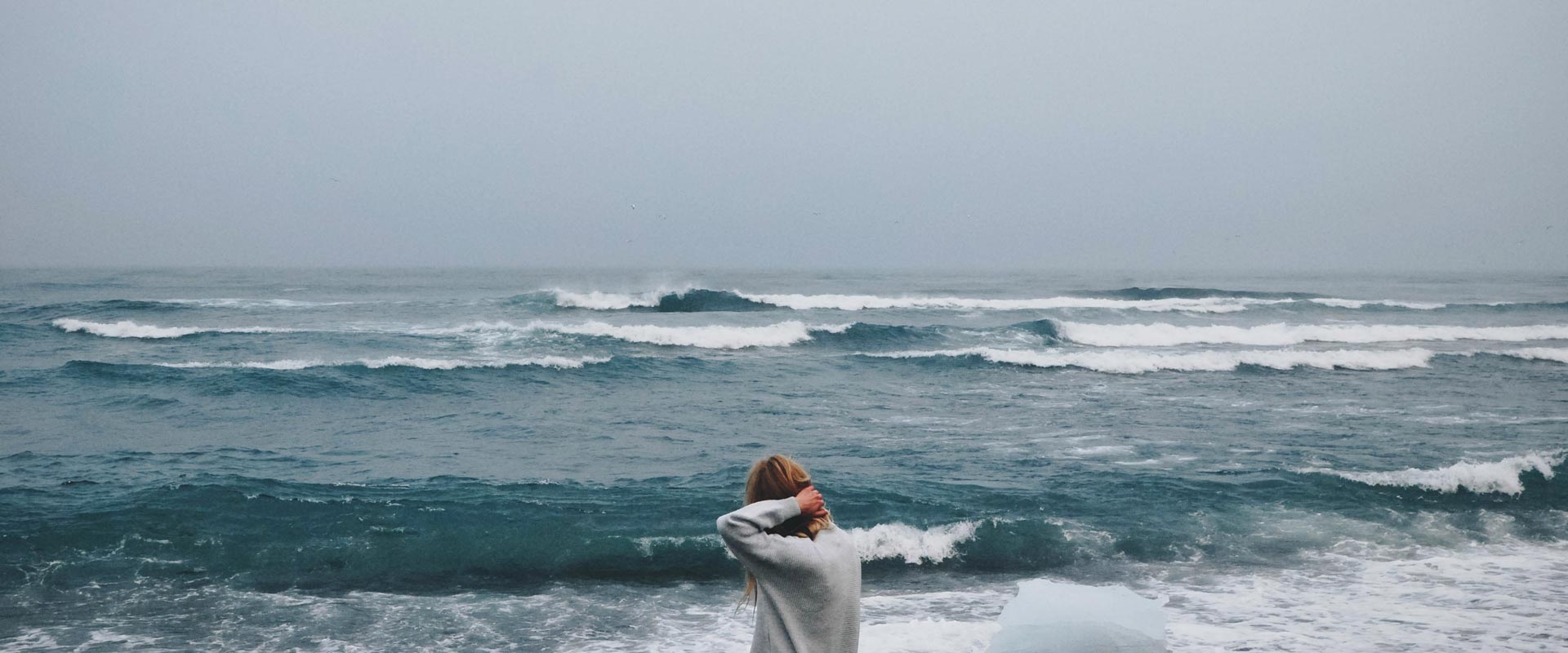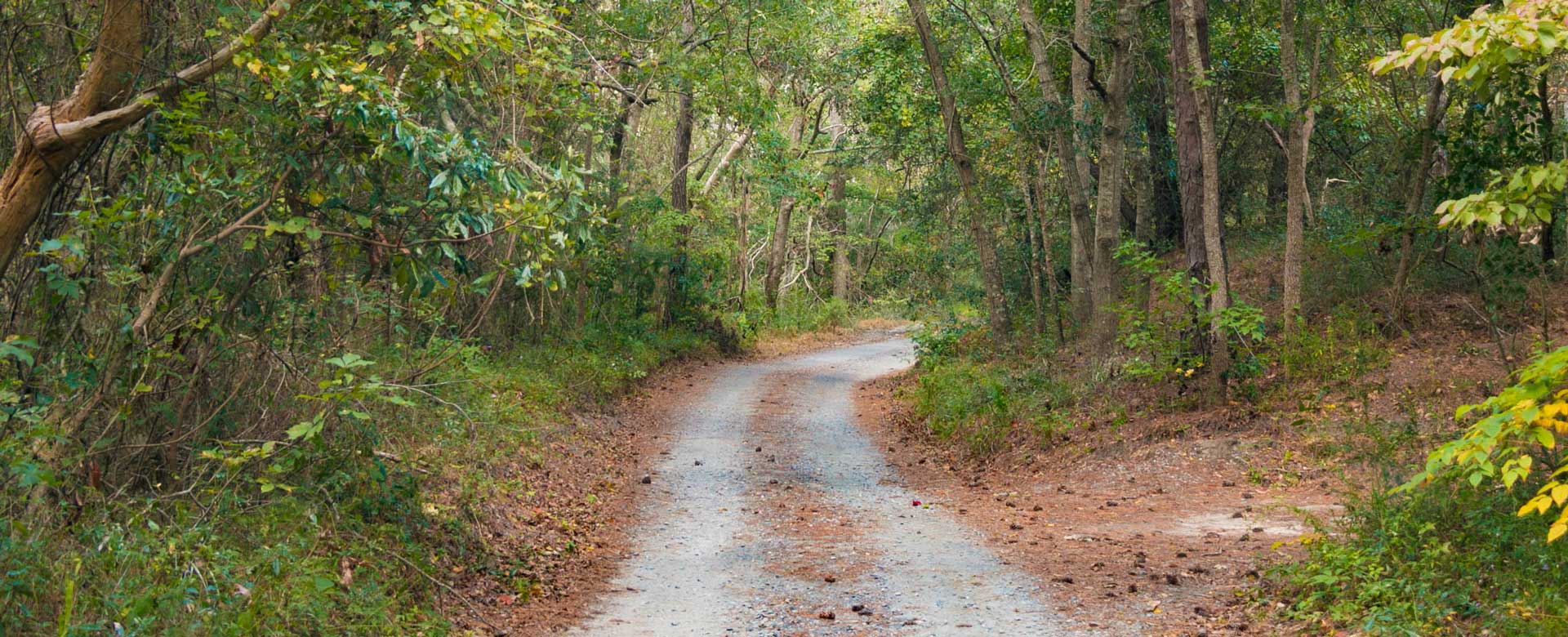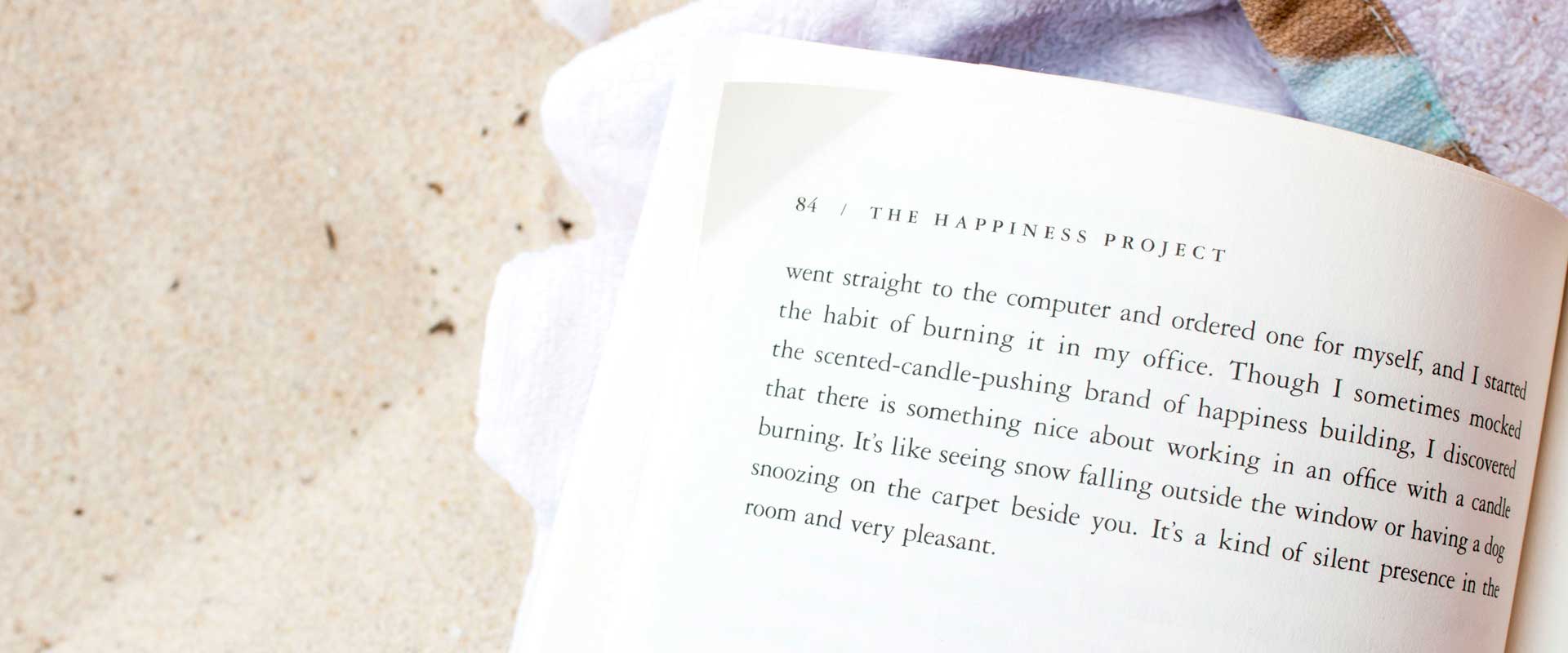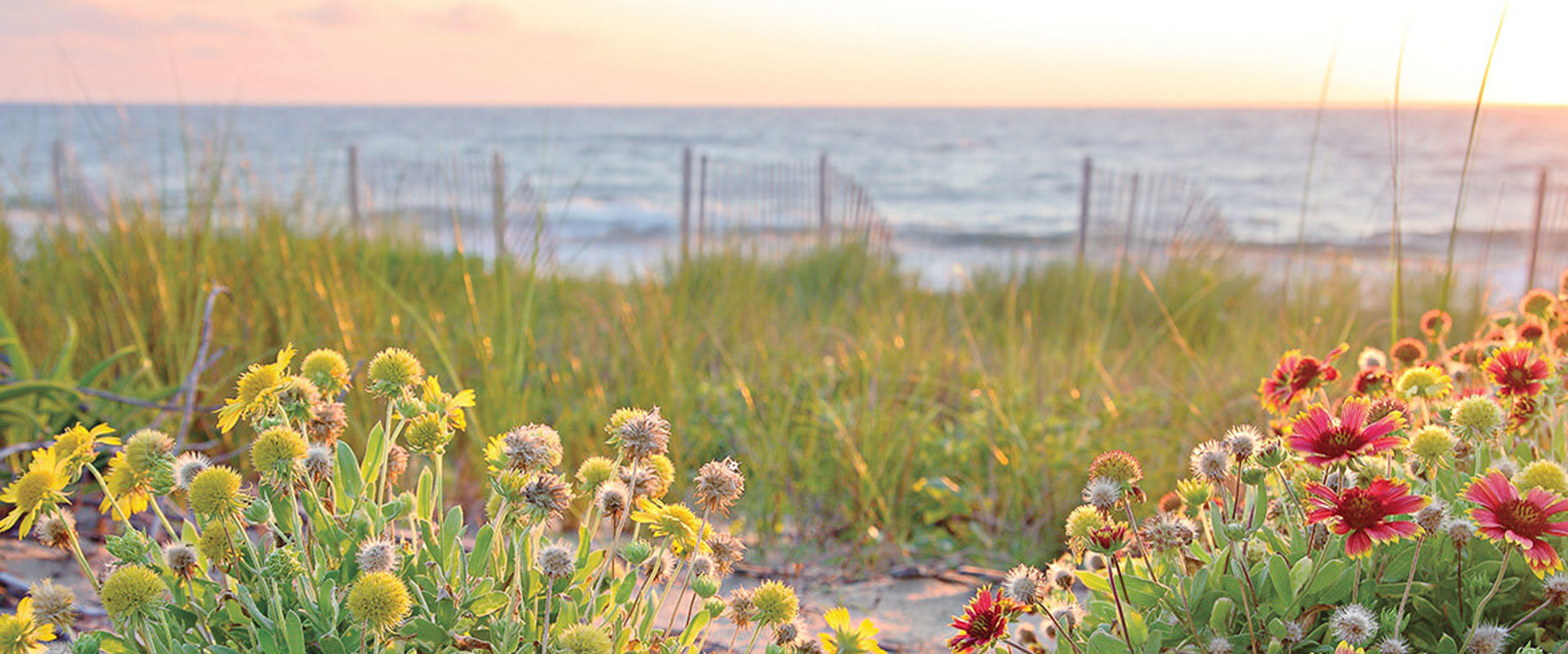It is an odd, even bizarre, thing to be tracking a hurricane knowing there is a reasonable chance the eye will pass over your house. You find yourself spending inordinate amounts of time on the National Hurricane Center website tracking the predicted path of the storm. That’s followed by 10 minutes of wading through the NHC discussion trying to figure out just what a dropsonde is (a weather sensor designed to be dropped from an aircraft) and what they mean when they say “The new ECMWF shows much more amplification of the trough.â€
Then, you spend the next 15 minutes checking out other weather websites to see if there is any hope that the storm will head out to sea–which as it turns out, is a possibility. The GFDL (not that it matters, but it’s part of NOAA and is the Geophysical Fluid Dynamic Lab) track seems to be the farthest to the east and the UKMET (United Kingdom weather service) farthest to the west.
Then it becomes like a sporting event–â€Boo! Hiss! UKMET!†and “Go Team GFDL!†You find yourself checking the color codes on the tracking charts and if the GFDL shifts to the left (west and closer to shore), there’s a sense of disappointment, as though the home team just lost a game.
Of course it’s not a sporting event and there’s real life consequences to all of this.
The Outer Banks, for all of the publicity about hurricanes and weather, is not a place of frequent hurricanes. Nor’easters? Two to three every winter. Hurricanes? In the almost 18 years that I have lived here there have been three direct hits and six, maybe seven near misses.
And it is a miserable time going through one, and anyone who thinks they should hang out when one is coming just to see what it’s like needs their head examined. It is 12 to 15 hours of rising tension and growing fear.
A series of squall lines begins the process, the squalls becoming more intense and longer in duration as the storm approaches. Then hours of the most intense thunderstorm you can imagine. Picture the most extraordinary severe thunderstorm you have ever experienced, and then picture being trapped in that for four to five hours. The winds push the rain against the side of the house with so much force it sounds like a troop of power washers are assailing the walls of your home.
At some point in time the power will fail. Here’s something that nobody seems to mention about hurricanes. These are tropical systems and they are just sucking warm, humid tropical air with them. When that power fails, your air conditioning is gone, and you are stuck inside a closed up house with nothing to breath but this increasingly hot, sticky air mass.
Then the storm passes, and you realize it’s going to take you an hour just to clear a path to the road, not that it matters, because there are no businesses open. How can they be–there’s no power.
All in all, a reminder that even paradise has its price.
A week later, maybe two or three, the bulldozers have pushed the sand back, the piles of debris have been moved to landfills and life goes on.
Of course, with any luck, Team GFDL will prevail.


